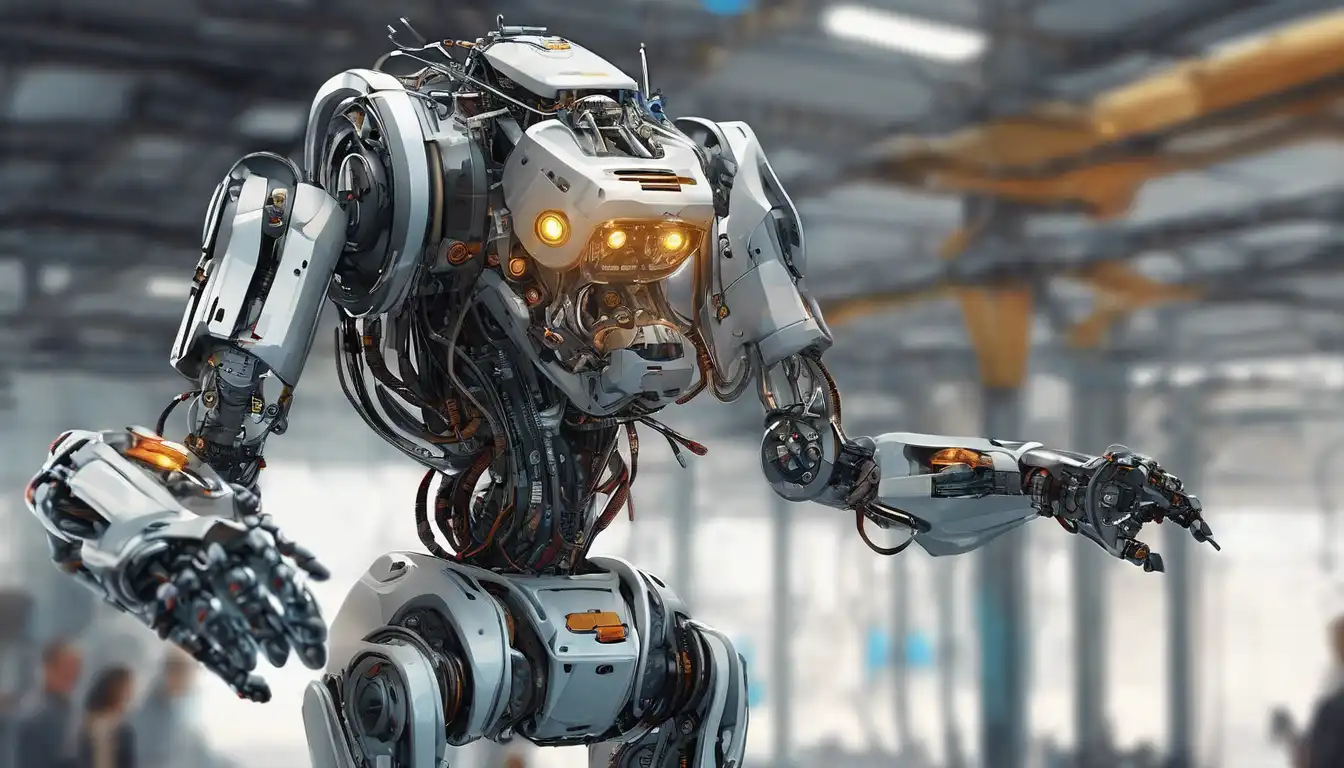The Dawn of Robotics: A Technological Revolution
In the realm of technology, robotics stands as a towering testament to human ingenuity and the relentless pursuit of innovation. This field, which seamlessly blends engineering, computer science, and artificial intelligence, is reshaping industries, enhancing productivity, and redefining the boundaries of what machines can do.
The Building Blocks of Robotics
At its core, robotics involves the design, construction, operation, and use of robots. These sophisticated machines are equipped with sensors, actuators, and processors that enable them to perform tasks ranging from the mundane to the extraordinarily complex. The integration of artificial intelligence has further empowered robots, allowing them to learn from their environment and make decisions with minimal human intervention.
Applications That Are Changing the World
The applications of robotics are as diverse as they are impactful. In manufacturing, robots have revolutionized production lines, increasing efficiency and safety. In healthcare, robotic surgery offers precision that surpasses human capabilities. Meanwhile, in the realm of automation, robots are taking on roles in logistics, agriculture, and even customer service, demonstrating their versatility and adaptability.
Challenges and Ethical Considerations
Despite the advancements, the field of robotics is not without its challenges. Technical hurdles, such as improving energy efficiency and enhancing sensory perception, remain. Moreover, the rise of robotics brings forth ethical questions regarding employment, privacy, and the potential for misuse. Addressing these concerns is crucial for the sustainable integration of robots into society.
The Future of Robotics: Boundless Possibilities
Looking ahead, the future of robotics is brimming with potential. Innovations in machine learning and materials science promise to unlock new capabilities, making robots more intelligent, flexible, and autonomous. As we stand on the cusp of this exciting frontier, one thing is clear: robotics will continue to be a key driver of technological progress and innovation.
Conclusion
Robotics represents the intersection of technology and innovation, a field where imagination meets reality. From transforming industries to tackling global challenges, the impact of robotics is profound and far-reaching. As we navigate the complexities and embrace the opportunities, the journey of robotics is one that holds promise for a brighter, more efficient future.
